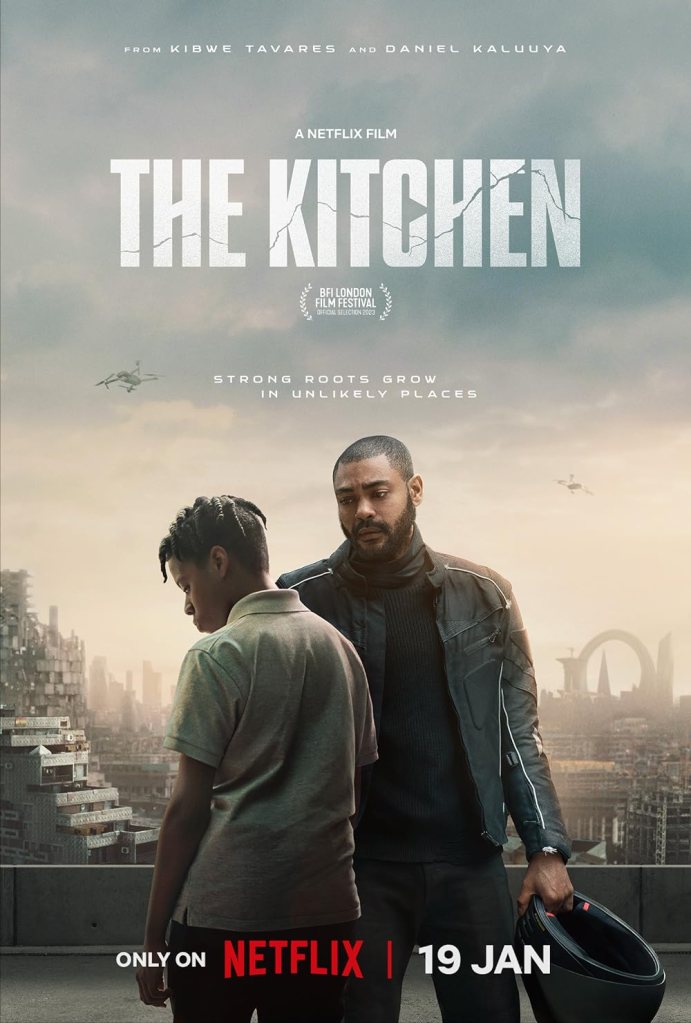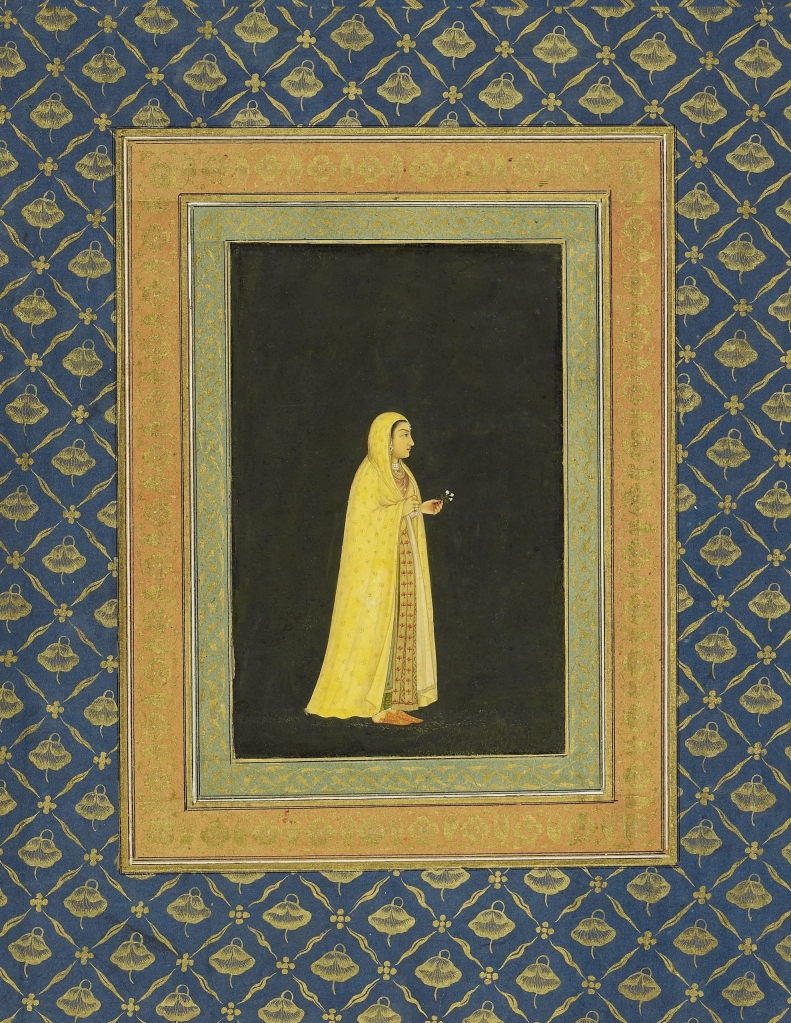Being Human in Digital Cities is the title of Myria Georgiou‘s excellent new book, which is a must-read for anyone interested in digital technologies, cities and humans. Which would be most of us, you’d think, though the book’s starting point is that much academic writing on digital technologies pays too little attention to ‘the human’.

I’ve remarked on this lack of interest in the human in much of the work produced by geographers looking at things urban and digital before, in a paper published in the Annals of the American Association of Geographers (paywalled, sorry). In a lot of critical academic work, in fact, the tech – code, software, infrastructure – is given powerful causal agency to shape urban life, while the ‘human’ – if it remains at all as an analytical category – is positioned as its excessive and resistant other. Myria’s book is an extended counterpoint to that framing. She argues powerfully that critical scholarship needs to pay careful attention to the ‘human’, partly because it remains a powerful category and experience in and of the world, but also because giving it attention is what Big Tech is itself doing right now. The necessary question then becomes, what kind of human emerge in digitally-mediated cities, and with what effects?
Humans, Myria says, have critical and creative capabilities; the human is also a discursive category. From these two qualities, she proposes a threefold approach to analysing how the human is both conceptualised and acts in digital cities. (She also has lots of important and careful things to say about digital cities.) The first is what she calls popular humanism, which assumes a universal humanity (and is therefore implicitly racialised, classed and often gendered in specific ways); popular humanism is post-neoliberalising, and is mobilised by powerful institutions in the city to normalise the surveillance and management of everyday life with digital technologies by establishing hierarchies between different kinds of humans. The second is demotic humanism, a space of everyday, messy, unpredictable human agency and creativity, in which digital technologies are given affective and experiential meaning and in which popular humanism can be normalised but also reconfigured. And the third is critical humanism, which Myria defines as an analytical and normative framework from which popular humanism can be critiqued. The latter is necessary because the agents of popular humanism aim to establish a “seamless digital order” which “tie the human to deep and lasting transformations of social, economic and cultural life in the city” (page 27).
This is a powerful analytical framework. It avoids meta-theory from the Western canon in favour of extended engagements with critical race and postcolonial thinkers (though Foucault is given a nod, and I kind of felt the lingering presence of Lefebvre too, though maybe that’s just an echo of the power of triadic approaches to urban life). It draws generously on a wide range of scholarship on cities and digital technologies. I liked the focus on ordering as a form of power rather than, say, commodification or surveillance, very much – it feels more capacious and less paranoid than either of the latter. And I particularly liked the emphasis on the human as a discursive category.
The book also addresses directly something that I’ve noticed in my current research on how cities are visualised with and through digital software and screens: just how frequently humans are pictured. As Myria says, “the digital order is also a biopolitical order” (page 35). The popular scepticism about the big digital corporations seems to be resulting in a sustained effort by them to picture happy humans in order to address and appeal to them. It needs overtly to claim that it will deliver a better human future, and therefore also frequently pictures happy people in happy places as part of that claim. So I agree completely with Myria that popular humanism deserves critical attention.
Of course, I have other thoughts too, particularly on how the book’s disciplinary grounding in urban and cultural studies structure its account of power in various ways. Critical versions of those disciplines (like digital geography) are very keen to detect power, and resistance to power, everywhere. One trace of this enthusiasm is the book’s assumption that popular humanism is always bad (because post-neoliberal), and that demotic humanism is the source of some kind of challenge to it. I think there’s plenty of evidence to suggest that both are somewhat more complicated than that. Demotic humanism extends beyond the book’s fascinating and extensive case studies of groups engaging with digital tech for what critical scholars would broadly agree is for ‘good’. In my home city, for example, Facebook and the app NextDoor are used to mobilise a coalition of anti-fifteen minute city, anti-low traffic zones, anti-vaxxer libertarians, quite apart from all the toxic vileness hosted by social media more generally. The demotic is has a much wider range of register than the book acknowledges.
However, the book’s development of critical humanism as a concept works to displace the potential conflation of the critical with the demotic, of the radical with the popular. Critical humanism is “an epistemology for contesting the digital makings of a hierarchical humanity” (page 144). It prioritises care, inclusion and non-hierarchical forms of human identity. A few examples are discussed briefly in the book but Myria then elaborates what she calls nine ‘values’ which define critical humanism, drawing on rich range of critical thinkers. I guess political theorists might want a bit more detail on how to define those things, and indeed who defines them, but the point I take away is that this is a specific form of digitally-mediated humanism, diverse and emergent, and its specificity needs careful attention to distinguish it from demotic messiness. I very much look forward to reading the empirical scholarship which I am sure will be inspired to use these values as a methodological framework.
The second assumption in Myria’s book I’m currently thinking about in my own work is the claim that popular humanism is an effect of institutions, particularly corporations, the state and the media, developed in their headquarters, labs and factories. This is true. However, institutions are staffed by people. (Indeed, a lot of popular humanism relies precisely on creative individuals, designing the visuals and events that sell it). The workplace cultures of tech industries have been given considerable attention by feminist and other critical scholars, who have strongly indicated the alignment of certain forms of white masculinity with the ‘move fast and break things’ ethos of what Orit Halpern and Robert Mitchell have called ‘the smartness mandate‘. (I’m thinking of the work of Mar Hicks, Judy Wajcman, Charlton McIlwaine and Nathan Ensmenger, among many others.) This suggests that the forms of human at work – literally – in making popular humanism also deserve attention.
My final reflection prompted by Myria’s book is about the forms of power that it focusses on. Addressing power and/as order enacted by institutions and platforms tends to neglect the massively popular digital mediations of urban life in more unruly things like computer games and blockbuster movies and tv shows. These experiences of digitally-mediated cities are hugely popular and widespread. I’m not suggesting that they are necessarily radical in any way, or that they don’t do their own kinds of order-making. But they do offer another register of power – spectacular, seductive, pleasurable, communal, emotional, embodied – that also deserves careful attention for its equally specific constitutions of the human and the urban. I think, anyway.
All this is really only to say, though, that I have a slightly different approach to thinking about the human and the digital in cities than Myria. Which is not going to stop her book – along with Sarah Barns’s on platform urbanism, another excellent account the human experiencing of urban technologies seriously – taking its place among my favourites on digitally-mediated urbanism. Oh, and did I mention that is beautifully written?




